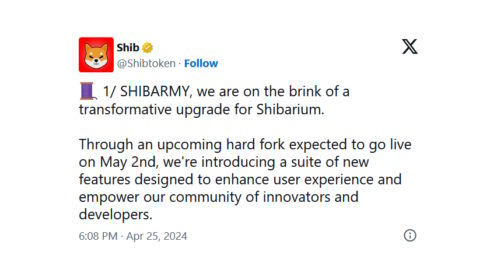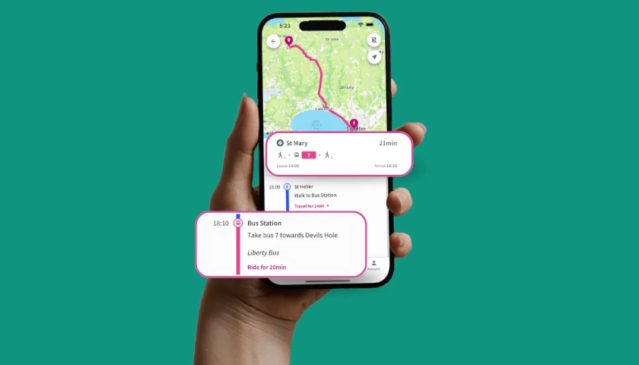How fast should internet access be, to be considered “broadband”? The Federal Communications Commission wants to increase the minimum required speed for broadband, which it currently considers to be at least 25 Mbps upstream and 3 Mbps downstream, to 100/20 Mbps.
That minimum broadband speed has increased over the years and has not been updated since 2015. Now, the FCC is proposing that its broadband metric make a large jump to 100/20 Mbps.
The FCC’s definition of broadband speed is an important number, because it provides the minimum performance level that must be met in order to receive federal universal service subsidies—so the FCC’s definition of broadband often defines the service experience that the most-rural Americans will have access to. Although some other metrics for “broadband” exist across specific federal programs or departments—notably, the Infrastructure Investments and Jobs Act of 2021’s massive broadband investment requires a 100/20 Mbps performance minimum—federal and state broadband funding programs often take their cue from on baseline performance requirements from the FCC.
“During the pandemic and even before it, the needs of internet users surpassed the FCC’s 25/3 standard for broadband,” said FCC Chairwoman Jessica Rosenworcel. “This standard is not only outdated, it masks the extent to which low income neighborhoods and rural communities are being left offline and left behind.” Rosenworcel also noted that the inquiry is forward-looking in that it also seeks input on setting a separate, long-term national goal for gigabit speeds.
The new FCC inquiry will also be the first proceeding to make use of newly updated and more accurate deployment and service data from the Broadband Data Collection (BDC) effort. It also takes into consideration the massive broadband investment set out by the IIJA, with the Notice of Inquiry stating that in light of both the “increasing uses and demands for high-speed broadband” and Congress’ directives in the IIJA, the regulatory agency should now “take a long overdue fresh look at our standards.”
That includes not only speeds, but how the FCC views fixed versus mobile broadband deployments—which is especially relevant right now, with Fixed Wireless Access services being significantly expanded by U.S. mobile network operators.
The FCC says it is looking for input on “appropriate standards for evaluating the physical deployment of fixed and mobile broadband service, including … the relationship between fixed and mobile broadband service” and associated benchmarks—such as whether it should adopt upload and download speed benchmarks for mobile service, and if the agency should report information about the number of fixed and mobile broadband providers to which consumers have access, since it has access to new, more granular mobile network data on which to base its reporting. Of particular note: mobile network coverage and performance information collected through the BDC includes 5G New Radio coverage data using 35/3 Mbps and 7/1 Mbps minimum speeds at the cell edge, as well as other standardized parameters.
Source: rcrwireless.com





